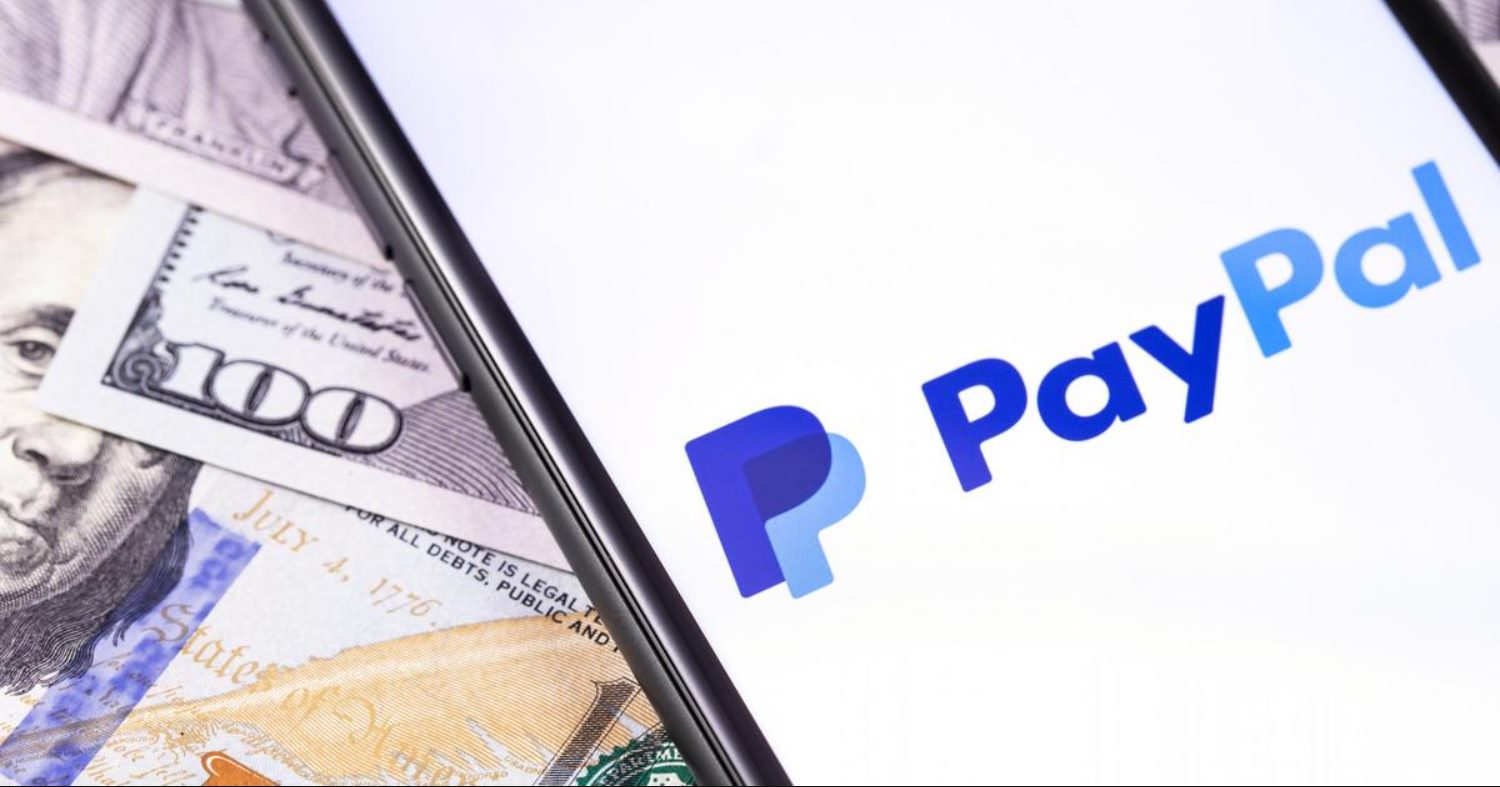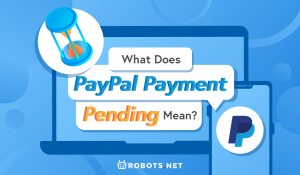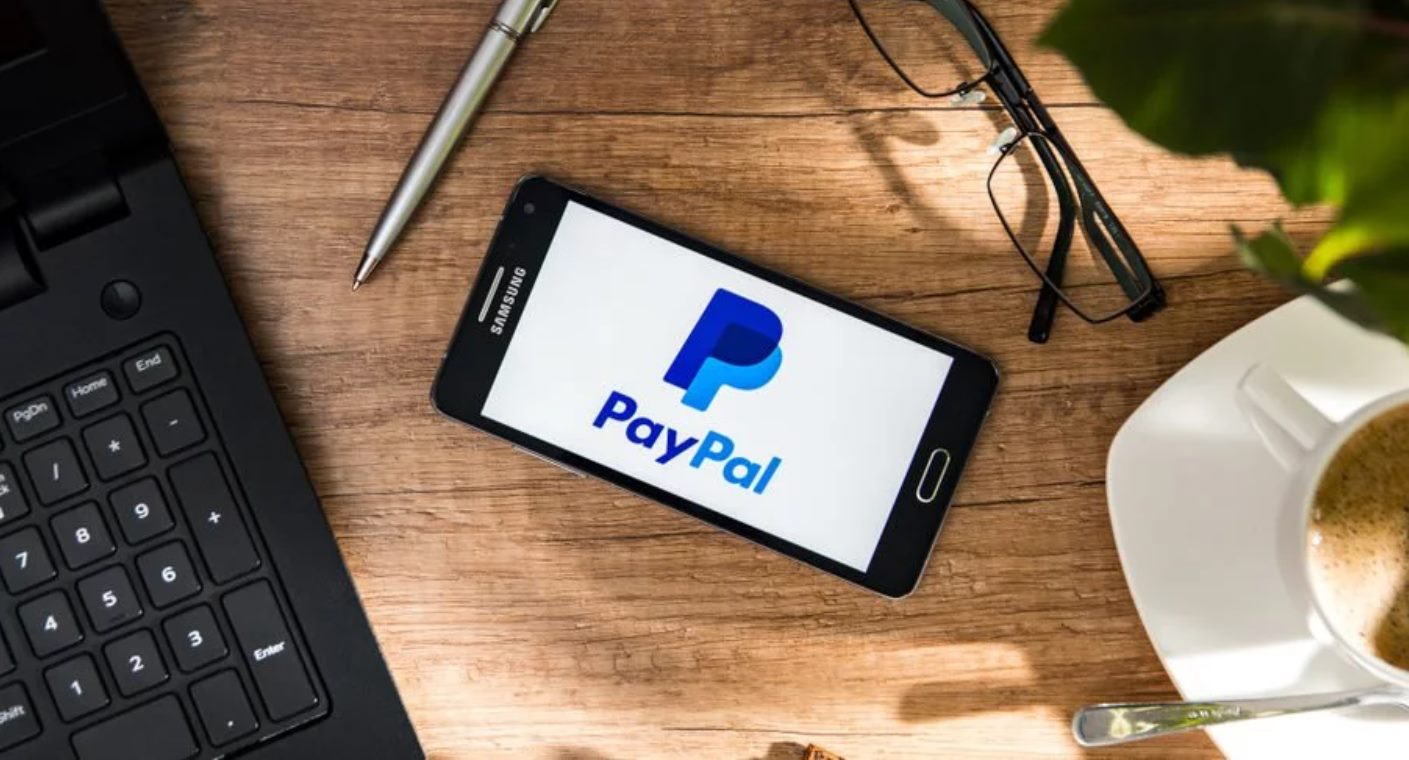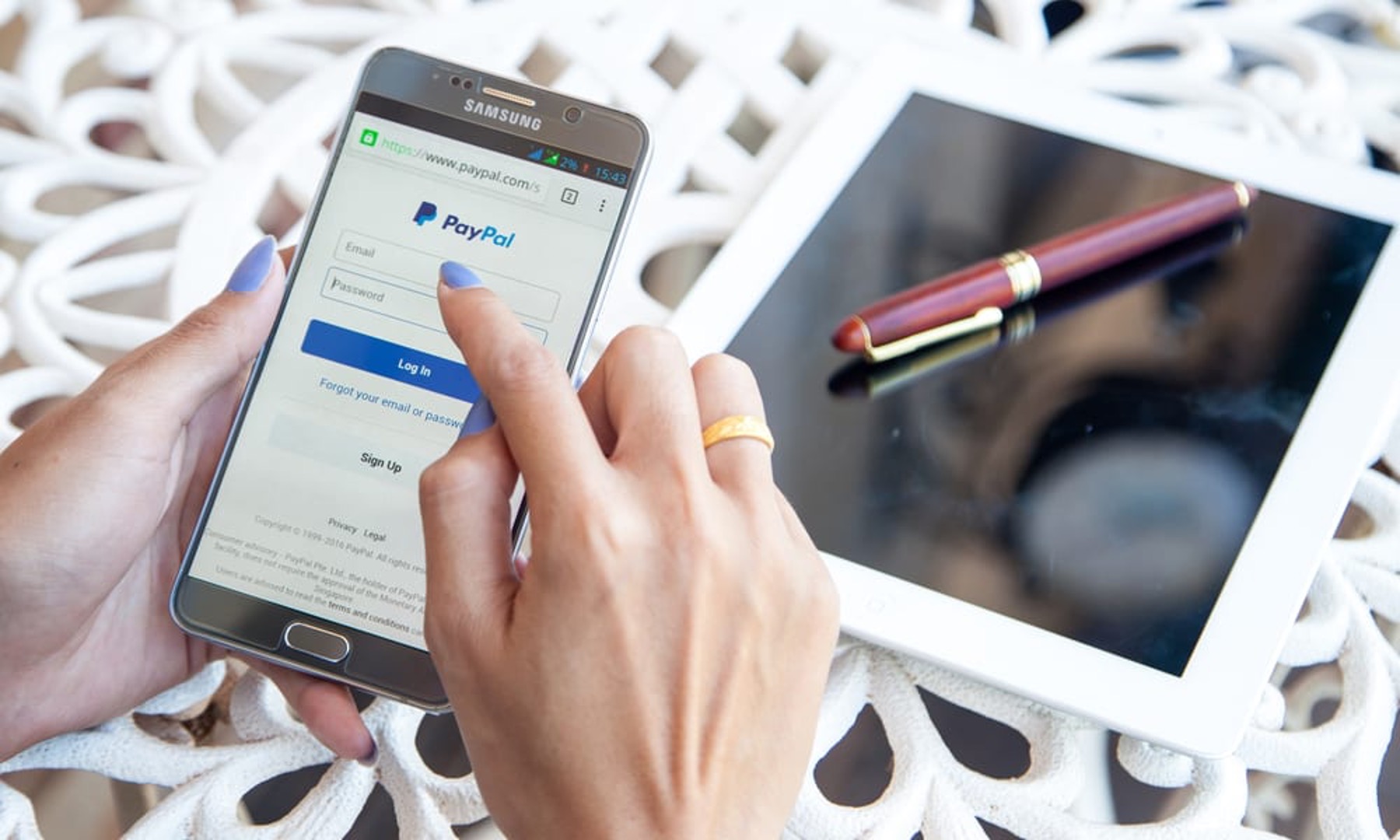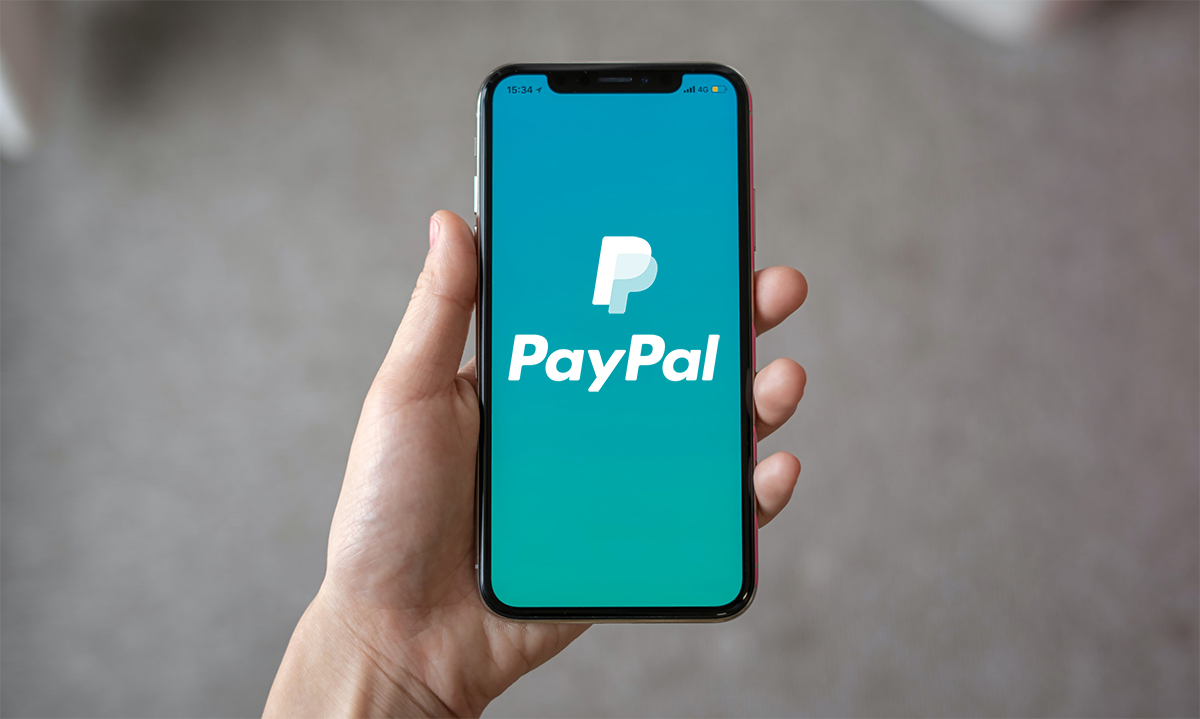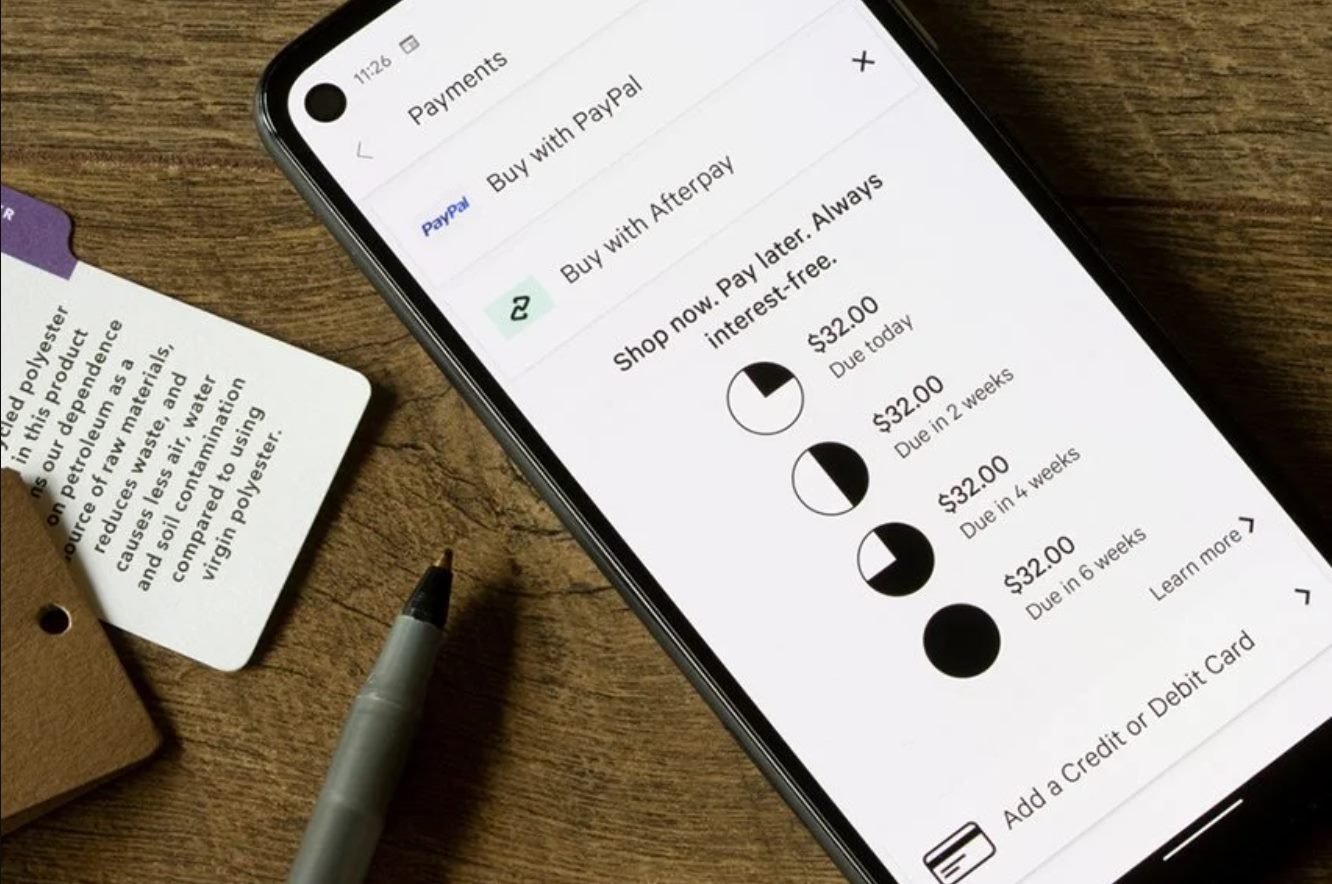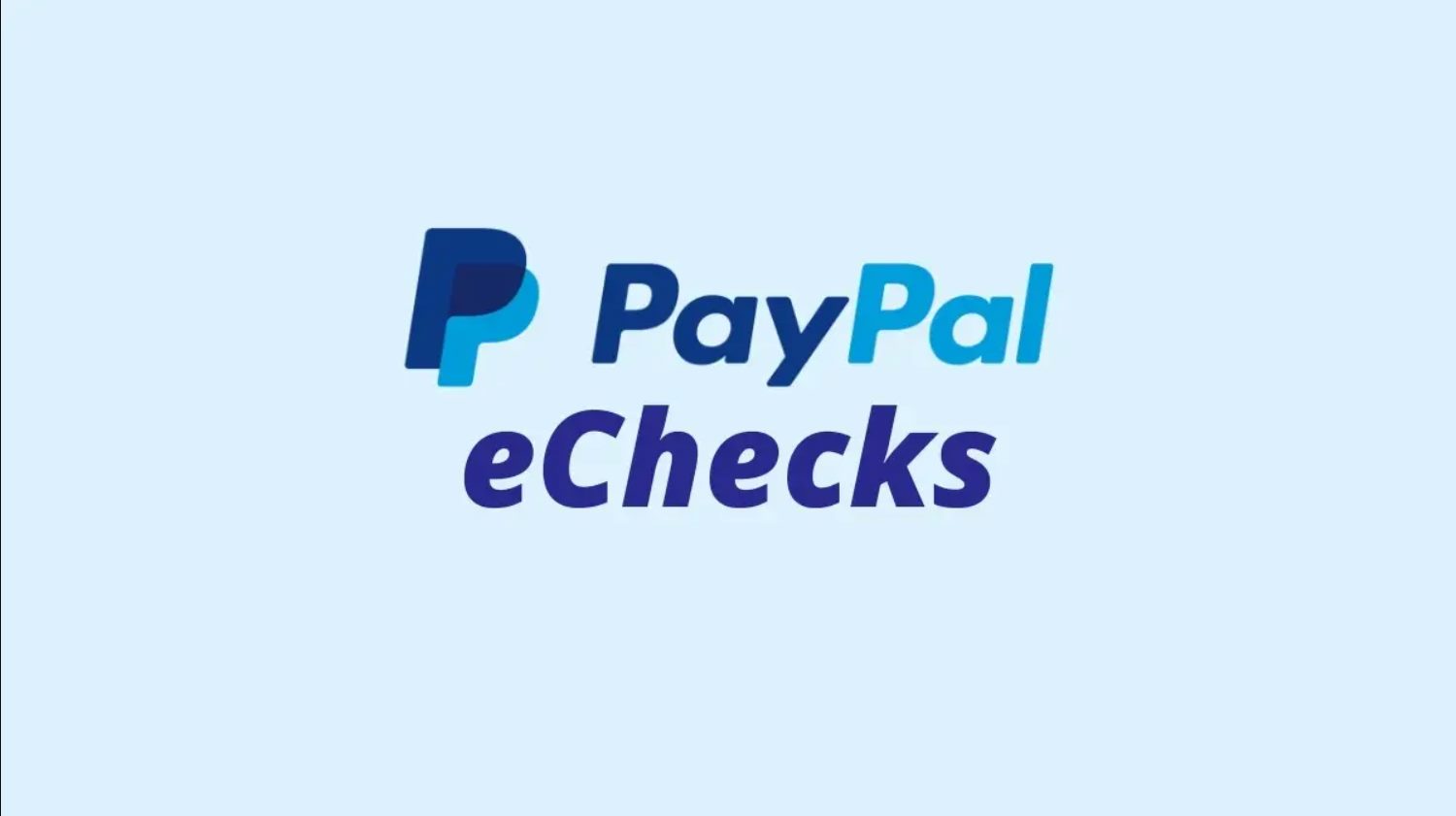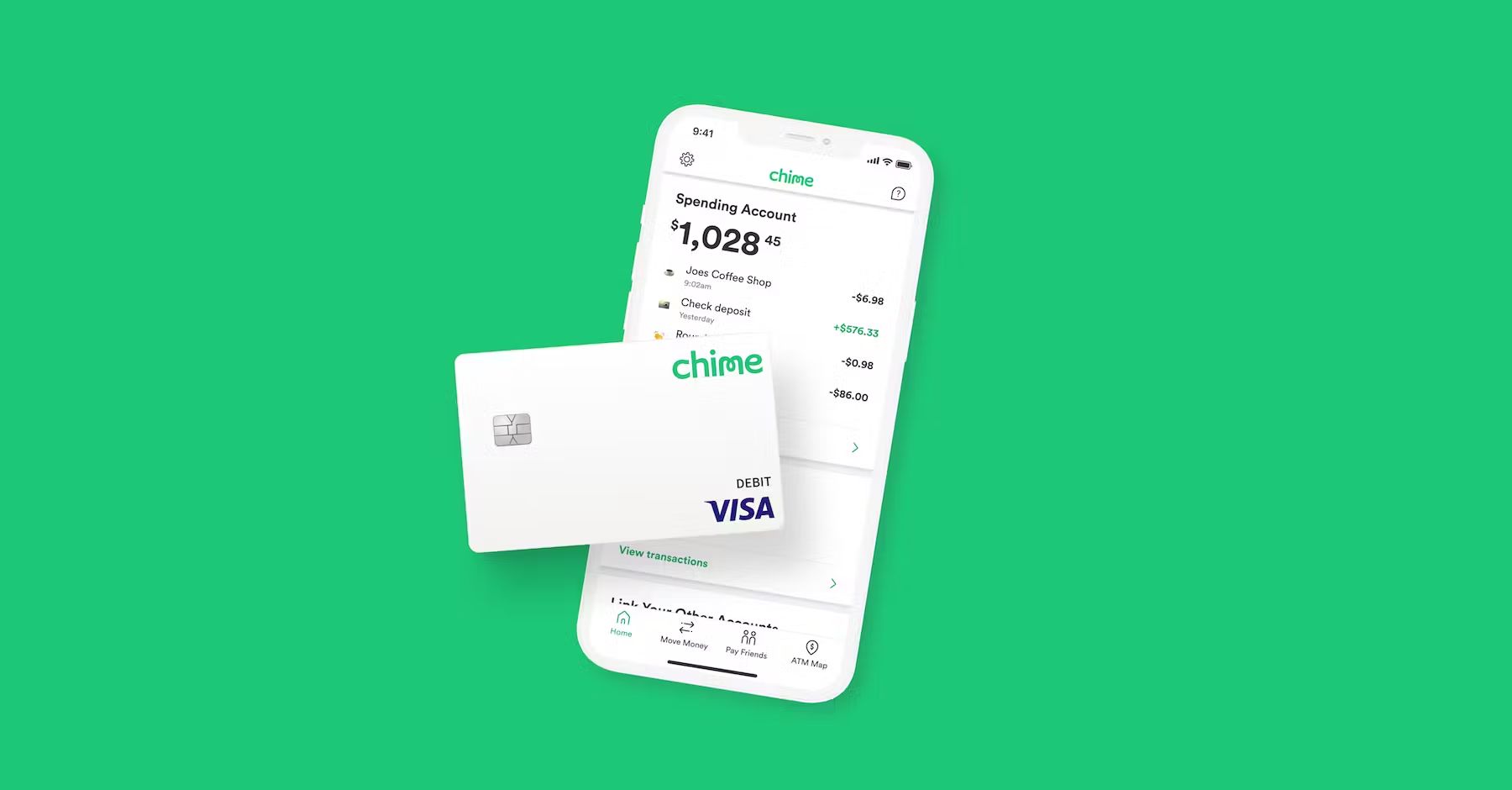Introduction
PayPal has become one of the most popular online payment platforms, providing secure and convenient transactions for millions of users worldwide. However, there are instances when a payment may show as “pending” in your PayPal account. Understanding why a payment is pending and how long it will take to clear can help alleviate any concerns or confusion you may have.
When a payment is pending in PayPal, it means that the funds have been temporarily held and are not immediately available for use or withdrawal. This status is typically displayed when PayPal needs to review the transaction for potential risks or to ensure that the payment meets certain regulatory requirements.
It’s important to note that pending payments can occur in various circumstances, such as when you receive a payment from a buyer on an online marketplace, when you make a purchase using PayPal, or when you withdraw funds from your PayPal account to your bank account. The reasons behind these pending statuses can differ, and understanding them will help you manage your transactions more efficiently.
In this article, we will explore the common reasons why a payment might be pending in PayPal and how long it usually takes for such payments to clear. We will also discuss the factors that can affect the processing time and provide some tips on how to resolve pending payments. So, let’s dive in and shed some light on the world of pending payments in PayPal.
What does it mean when a payment is pending in PayPal?
When a payment is marked as “pending” in your PayPal account, it means that the transaction is currently being reviewed and the funds have not been released or transferred. This status can occur for various reasons and in different situations involving PayPal transactions.
For sellers, a pending payment status often occurs when you receive payments from buyers on online marketplaces, such as eBay or Etsy. PayPal may put a hold on the payment to ensure that the buyer receives the item they purchased and is satisfied with the transaction. This is especially common for new sellers or sellers with limited selling history, as PayPal aims to provide a level of protection for both buyers and sellers.
Similarly, if you are a buyer making a purchase using PayPal, your payment may appear as pending. This can occur if the seller has enabled manual review of transactions or if the purchase triggers certain risk factors. PayPal may hold the funds until the seller confirms the transaction or until they have completed their review.
Pending payments can also arise when you initiate a transfer of funds from your PayPal account to your linked bank account. This can occur due to security measures or other internal processes that PayPal has in place to ensure the legitimacy of the transaction. The funds will be released once the review process is complete, and it is determined that the transfer can proceed safely.
It’s important to note that the pending status is not necessarily an indication of any wrongdoing or error. It is a standard process that PayPal implements to protect both parties involved in a transaction and maintain the security of the platform.
Now that we understand what it means when a payment is pending in PayPal, let’s explore how long it typically takes for these pending payments to clear and become available in your account.
Reasons for a payment to be pending in PayPal
There are several reasons why a payment might be marked as “pending” in your PayPal account. Understanding these reasons will help you better navigate the payment process and give you an idea of what to expect in terms of processing times.
1. New or Limited PayPal Account: If you are a new PayPal user or have limited transaction history, PayPal may hold the funds to verify your account and ensure the safety of the transaction. This is a standard security measure to prevent fraudulent activities.
2. Higher-Risk Transactions: PayPal’s system may flag certain transactions as potentially high-risk based on various factors, such as the transaction amount, the buyer’s location, or the seller’s selling history. In such cases, PayPal will conduct a review to assess the legitimacy of the transaction before releasing the funds.
3. Disputed Transactions: When a buyer files a dispute or a claim against a transaction, PayPal may place a hold on the payment until the issue is resolved. This allows PayPal to investigate the dispute and ensure a fair resolution for both the buyer and the seller.
4. Shipping and Delivery Verification: If you are a seller on an online marketplace, PayPal may hold the payment until the buyer confirms receipt of the item or until you provide proof of shipment. This is to protect both the buyer and the seller in case of any issues or discrepancies with the transaction.
5. Unusual Account Activity: If there is any unusual or suspicious activity detected in your PayPal account, such as multiple large transactions or logins from different locations, PayPal may place a hold on your payments until they verify the activity to prevent unauthorized access or fraudulent use of your account.
6. Internal Review Processes: PayPal has certain internal review processes in place to ensure compliance with legal and regulatory requirements, as well as to maintain the integrity of their platform. These reviews may result in temporary hold on payments until the review is complete.
These are some of the common reasons for a payment to be pending in PayPal. It’s important to remember that while this may cause a slight delay in accessing your funds, it is ultimately for security purposes and to provide a safer online payment experience for everyone involved.
Now that we know the reasons behind pending payments, let’s move on to the next section to understand how long it generally takes for these payments to clear in PayPal.
How long does PayPal pending take?
The duration for which a payment remains pending in PayPal can vary depending on several factors. While there is no set timeframe for how long it takes for a pending payment to clear, in most cases, it usually resolves within a few days.
For sellers, if your payment is on hold due to being a new or limited account, the funds may be held for a period of 21 days or until specific conditions are met, such as confirming delivery or receiving positive feedback from the buyer. This hold period is designed to give PayPal enough time to assess the legitimacy of the transaction and mitigate potential risks.
In cases where a transaction triggers a risk alert or requires further investigation, the pending status may persist for a longer period. PayPal’s review process can take up to 72 hours or more, depending on the complexity of the case. During this time, PayPal may reach out to you for additional information or documentation to verify the transaction.
If you are a buyer and your payment is pending, it’s essential to ensure timely communication with the seller. Once the seller confirms the transaction or provides the necessary information to satisfy PayPal’s requirements, the pending status will be resolved, and the funds will be available for the seller.
It’s worth noting that certain factors, such as weekends, public holidays, or delays in verifying information, may prolong the processing time for pending payments. Additionally, international transactions or payments involving multiple currencies may take slightly longer to clear due to additional security checks and currency conversions.
In some cases, PayPal may release the pending funds sooner if they determine that there is minimal risk involved or if you have a proven track record as a reliable buyer or seller.
While the duration of pending payments in PayPal can be somewhat frustrating, it’s important to remain patient and allow the system to review the transaction thoroughly. Keeping open lines of communication with PayPal and the involved parties can help expedite the process and resolve the pending status more quickly.
In the next section, we will discuss some factors that can affect the processing time of pending payments in PayPal.
Factors that can affect the time it takes for a PayPal payment to clear
While the duration for a PayPal payment to clear can vary, several factors can influence the processing time. Understanding these factors can help set expectations and provide insight into why a payment may take longer to clear in certain circumstances.
1. Account Verification: If your PayPal account is not yet fully verified, it may take longer for payments to clear. Verification involves confirming your identity and linking your PayPal account to a bank account or credit card. Once your account is verified, PayPal may have more confidence in processing your payments promptly.
2. Disputed Transactions: When a payment is disputed by either the buyer or the seller, PayPal will initiate a review process to resolve the dispute. This can prolong the time it takes for the payment to clear, as both parties need to provide evidence and PayPal needs to investigate the matter thoroughly.
3. Transaction Amount: Payments with larger amounts may require additional scrutiny and verification. PayPal may hold funds for a longer period to ensure the legitimacy of the transaction and mitigate any potential risks associated with higher-value transactions.
4. International Transactions: Payments involving different currencies or cross-border transactions may take longer to clear due to additional steps, such as currency conversion, verification of international regulations, and potential delays in communication between different banking systems.
5. Seller Performance: If you are a seller, your previous performance may affect the time it takes for payments to clear. Sellers who have a history of successful transactions, positive feedback, and reliable selling practices may have their funds released more quickly compared to new or less established sellers.
6. Public Holidays and Weekends: PayPal’s processing time may be slower during public holidays and weekends as there may be limited staff available for reviewing and resolving pending payments.
It’s important to note that while these factors can impact the processing time, PayPal strives to ensure timely and secure transactions for its users. If you have any concerns about a pending payment, it’s recommended to reach out to PayPal’s customer support for guidance.
In the next section, we will discuss some methods to resolve pending payments in PayPal.
How to resolve pending payments in PayPal
If you have a pending payment in your PayPal account, there are several steps you can take to help resolve the issue and expedite the processing time. Below are some methods you can try:
1. Communicate with the Other Party: If you are a buyer, reach out to the seller to confirm the details of the transaction and ensure everything is in order. Clear communication can help address any concerns and potentially speed up the resolution process.
2. Provide Proof of Shipment: If you are a seller, make sure to provide PayPal with valid proof of shipment for the item you sold. This could include a tracking number or shipping receipt. Once PayPal receives this information, they may release the pending payment sooner.
3. Respond to PayPal’s Requests: If PayPal reaches out to you for additional information or documentation, promptly provide the requested details. Ignoring these requests can delay the resolution process and prolong the pending status of your payment.
4. Resolve Disputes: If a payment is pending due to a dispute or claim, actively engage with PayPal during the dispute resolution process. Ensure that you provide all the necessary information and evidence to support your case. PayPal will review the information and make a fair decision based on the available evidence.
5. Contact PayPal Customer Support: If you have tried the above steps and the payment remains pending, it may be helpful to contact PayPal’s customer support. They can provide guidance, answer any questions you have, and escalate the issue if necessary.
6. Ensure Account Verification: Make sure that your PayPal account is fully verified. This includes confirming your identity and linking your PayPal account to a bank account or credit card. Verified accounts often have faster payment processing times.
Remember, the resolution of a pending payment ultimately depends on the reason behind the delay. Some cases may require more time to resolve than others, especially if there are disputes or additional verifications needed.
By actively participating in the resolution process and staying in touch with PayPal and the other party involved in the transaction, you can help speed up the process and ensure a smoother payment experience.
In the next section, we will conclude our discussion on pending payments in PayPal.
Conclusion
Understanding the concept of pending payments in PayPal is essential for users of this popular online payment platform. When a payment is marked as pending, it means that the funds are temporarily held while PayPal reviews the transaction for potential risks or compliance with regulations. This status is common for new or limited accounts, higher-risk transactions, and disputed payments.
The duration for a payment to remain pending in PayPal can vary, but in most cases, it resolves within a few days. Factors such as account verification, transaction amount, international transactions, and seller performance can affect the processing time. Weekends, public holidays, and delays in providing requested information can also impact the timeframe.
To resolve pending payments, effective communication with the other party involved in the transaction is crucial. Buyers should reach out to sellers to ensure all necessary information is provided, while sellers should promptly provide proof of shipment or respond to PayPal’s requests. Resolving disputes through active participation and contacting PayPal customer support can also help expedite the process.
While pending payments can sometimes be frustrating, understanding the reasons and taking appropriate steps can help facilitate a quicker resolution and ensure a smoother payment experience.
Remember to stay attentive to communication from PayPal and the other party, maintain transparency in transactions, and fulfill any additional requirements promptly. By following these guidelines, you can navigate the world of pending payments in PayPal with greater confidence and peace of mind.







